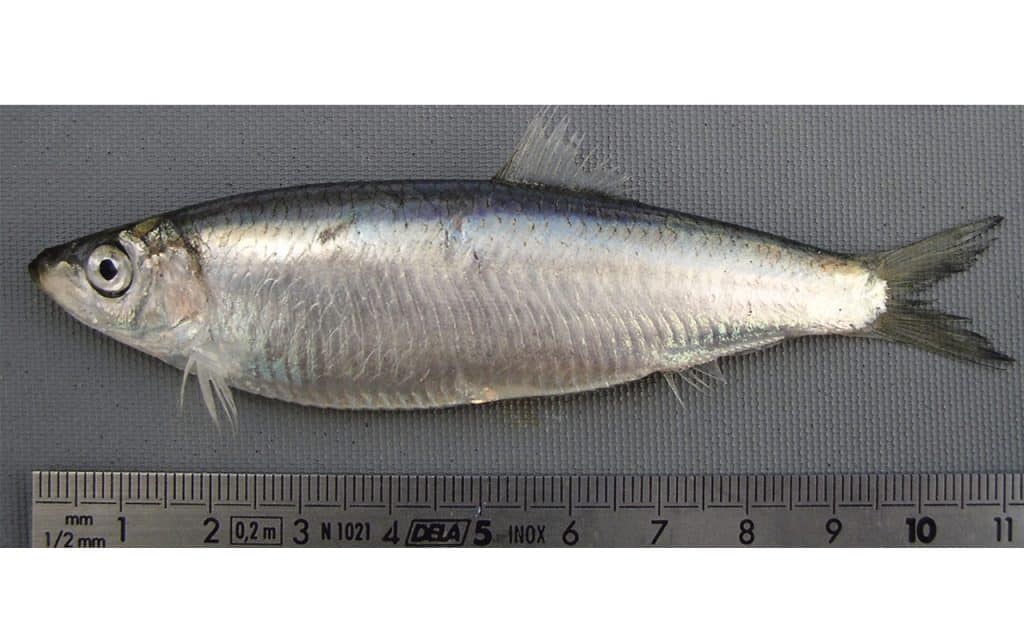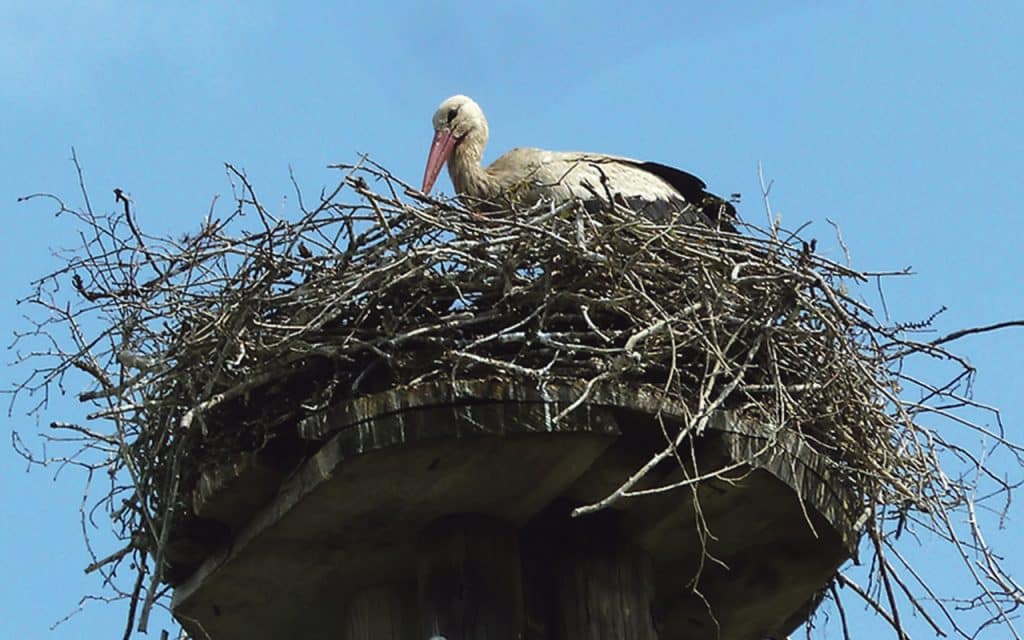An emergency Bill raised in the Dáil by Social Democrats TD Jennifer Whitmore proposes ‘to amend the Wildlife Act to add sprat to the Fifth Schedule, prohibiting targeted commercial fishing of the species. With depleting stocks of forage fish such as sprat already affecting our wildlife, Fiona Hayes Vincent says that while the survival of our inshore fisheries need to be taken into account, the accommodation of scientific research in order to create effective policy to address declining forage fish stocks should be a priority for our government.

In recent editions of West Cork People you will have seen reports of marches in various coastal towns, calling for a halt to ‘Sprat Fishing’ until research into declining numbers of sprat, which are food for larger fish and for birds, seals, dolphins and whales, can be carried out.
This is not an unusual situation. Across the globe scientific research into something known as ‘recruitment’ is carried out as a vital part of fisheries management decisions in pursuit of creating a sustainable fishing industry.
‘Recruitment’ simply refers to the process of small, young fish transitioning to an older, larger life stage and it applies to species such as sprat, as much as it applies to salmon, tuna or cod.
Fish populations change from year to year as environmental factors affect reproduction (spawning), growth of the fish themselves and mortality, which can occur from fishing or from natural causes such as becoming food for larger fish, birds or marine mammals such as whales and dolphins.
‘Recruitment’ then is a most important process in regulating fish populations and perhaps surprisingly, under natural conditions in marine protected areas, scientific research across the world has shown that during the recruitment period, whether a greater or a lesser number of eggs and larval fish have been produced, the number of fish surviving to the subadult populations will be approximately the same.
Understanding the interaction between fishing and natural variations in recruitment is a central question in fisheries management and is central to an emergency Bill raised in the Dáil by Social Democrats TD Jennifer Whitmore. The Bill proposes ‘to amend the Wildlife Act to add sprat to the Fifth Schedule, prohibiting targeted commercial fishing of the species. This protection would only be reversed when robust scientific data and a sustainable management plan are in place.’
The Bill also contains a requirement for the development of a just transition plan to support fishers impacted by the moratorium.
In short, this Bill calls for a full understanding of the implications both for fisheries and for conservation.
Productivity of forage fish stocks such as sprat can vary substantially driven by environmental conditions; and this can cause a decline in stocks’ size, which may remain well below previously observed levels, despite little or no fishing.
Whitmore’s proposed Bill advises caution, as clearly warranted when stocks are falling, but also acknowledges that the risks of stopping fishing unnecessarily should be considered.
There is considerable infrastructure associated with fisheries and much of this may not have alternative uses. Closures can result in loss of infrastructure and of markets and can create knock-on effects detrimental to other associated industries.
In fisheries research ‘biomass’ refers to the total weight of all fish within a specific population or area. It is a key indicator of fish stock health and is used to inform sustainable fishing practices. Biomass figures can be estimated using catch data, surveys, and acoustic techniques.
All these methods require the cooperation of the fishing industry and are aimed at staying above the threshold for collapse of a single species.
As sprat is a forage fish however and is vital for the survival of larger fish, birds, and marine mammals, its management requires an ecosystem approach.
The ‘Save our Sprat’ campaign focuses on the consequences of sprat fishing for other valued species in the food web and puts biomass thresholds of sprat in the context of predator sensitivity. Multiple studies have shown that as forage fish biomass drops, natural predators are extremely sensitive to that depletion and these effects are nonlinear. This can be most helpful, effectively acting as ‘the canary in the coal mine’.
For example, long term studies of sea birds consistently show periods of high or low breeding success and periods of complete breeding failures related to anomalous environmental conditions. Chronic food scarcity, where prey is persistently below a threshold will however compromise ‘long-term’ breeding success and affect the longer term observed populations. As numbers of forage fish drop there is an observable critical threshold below which bird populations are negatively impacted.
A globally recognised pattern has emerged independent of species type, habitat or initial population size. Below the critical threshold bird populations decline strongly in response to lack of food abundance, however as food abundance rises population responses reach a plateau and do not continue to increase. The point at which increases in forage fish no longer corresponds to an increase in bird population creates a plateau known as ‘maximum prey biomass’.
In long term studies of 14 bird species in seven ecosystems within the Atlantic, Pacific, and Southern Oceans, the critical (low) threshold approximated one-third of the ‘maximum prey biomass’ observed. This provides an indicator of the minimal forage fish biomass needed to sustain seabird productivity. Seabird populations can indicate vital information about the state of the forage fish populations.
Provisions such as that proposed in the Dáil by Jennifer Whitmore, requiring a moratorium to accommodate scientific research, alongside a requirement for the development of a just transition plan to support fishers, pave the way to create policy based on data that fishing strategies desperately need.
As the fishing industry keeps emphasising, they need a way to avoid, to whatever extent possible, depleting stocks below critical ecological thresholds. Identifying these thresholds must be a priority for inshore fisheries management and should be a critical focus of government departments.



